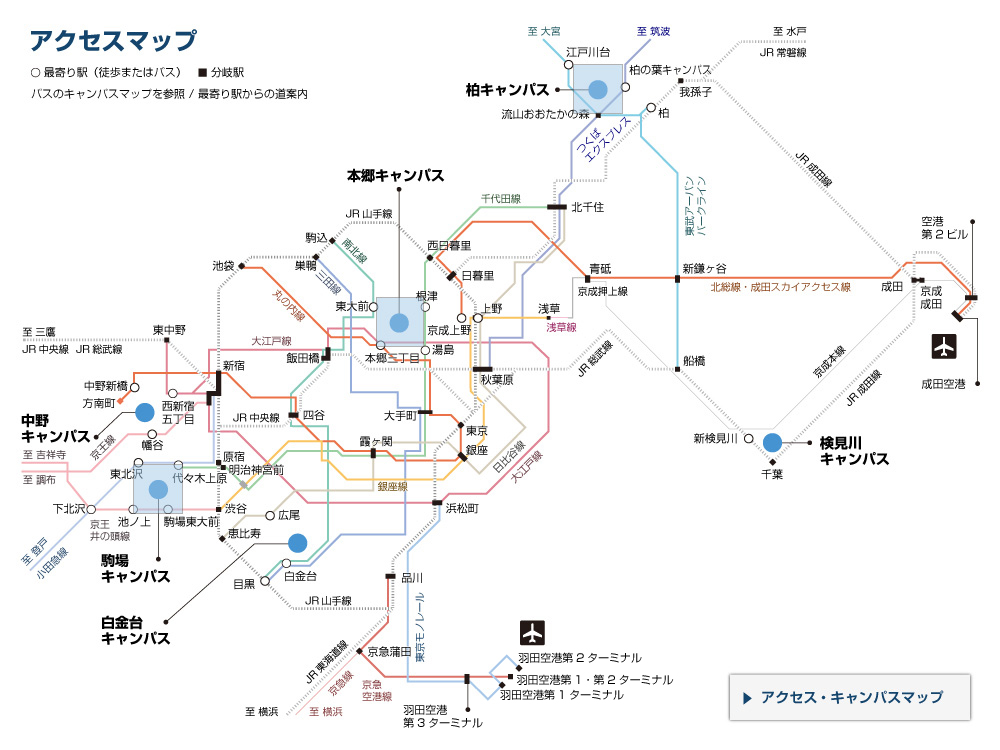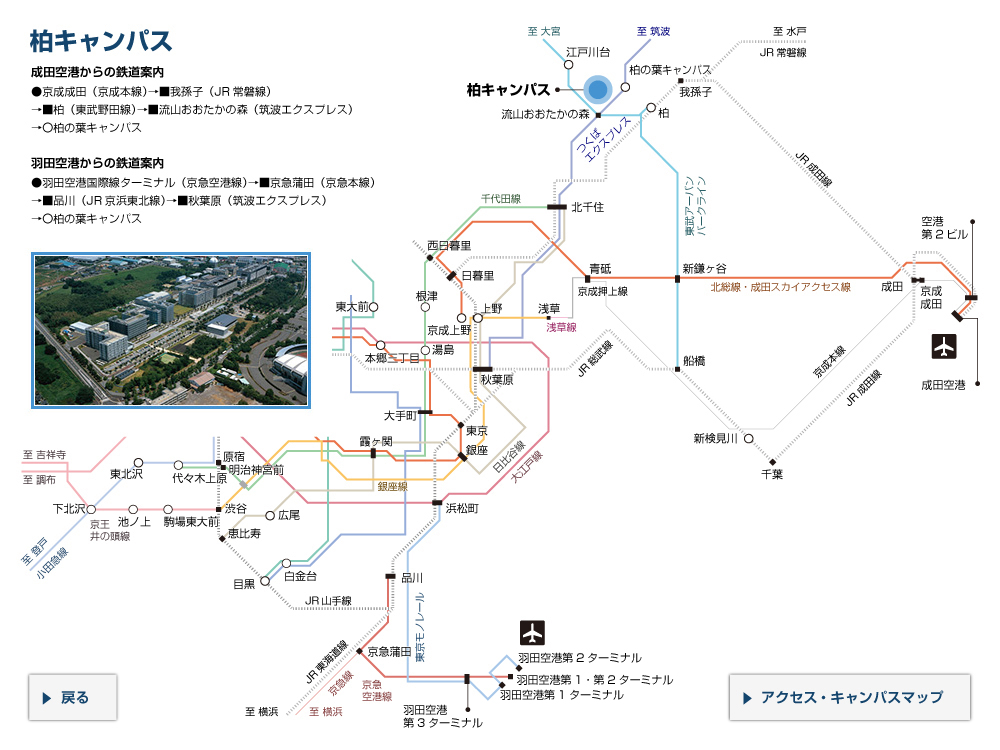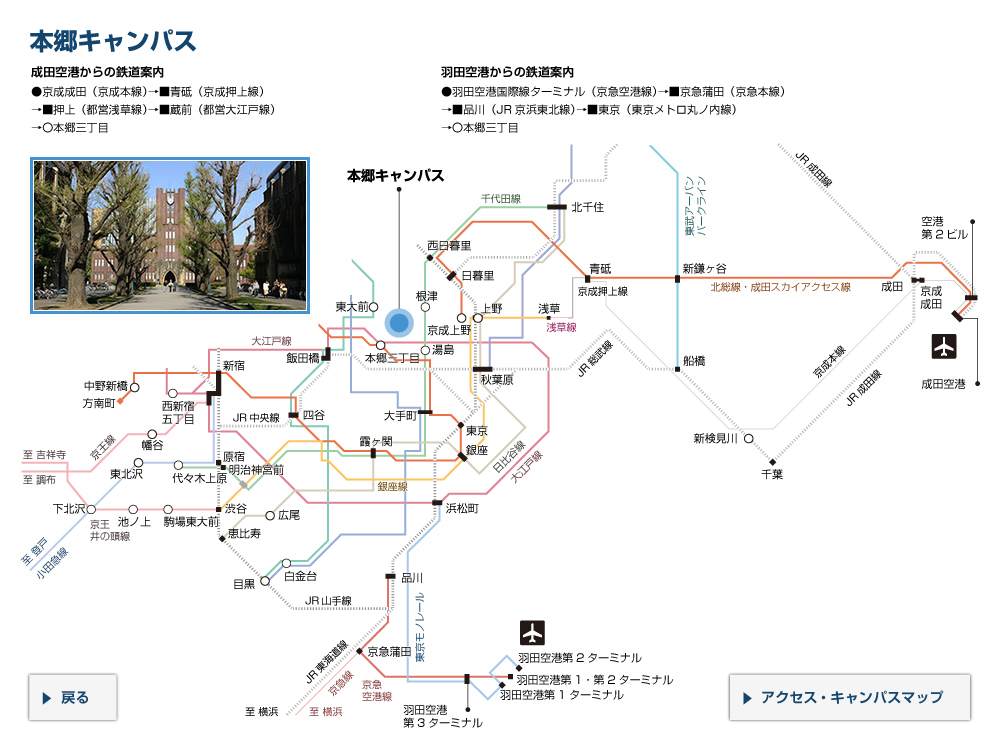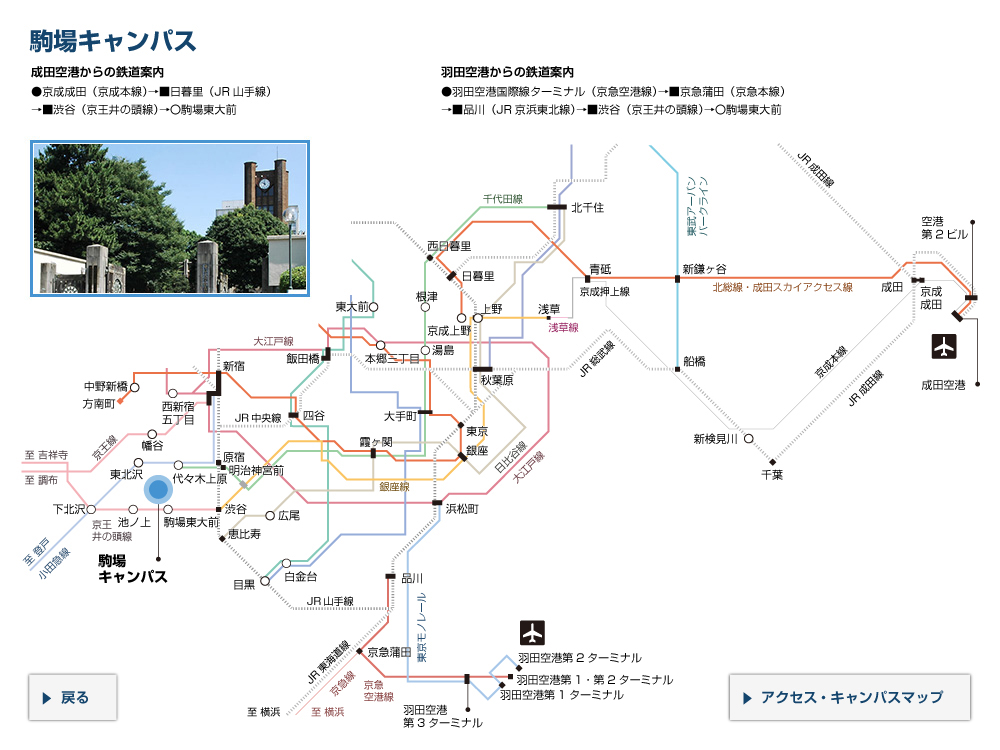令和2年度 東京大学秋季学位記授与式・卒業式 総長告辞
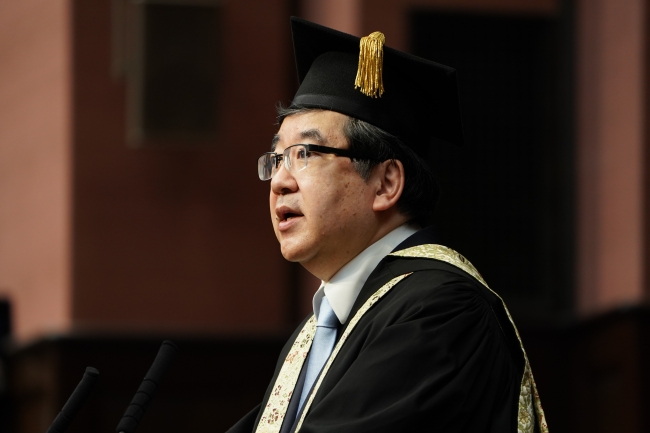

Address by the President of the University of Tokyo
at the 2020 Autumn Semester Diploma Presentation and Commencement Ceremony
Many congratulations to all of you. Today, you have been awarded diplomas by the University of Tokyo. On behalf of the University’s academic and administrative staff, I would like to extend my sincere congratulations to you all. I would also like to congratulate and express my deep appreciation to your family members, who have supported you through your studies.
736 graduate students completed their programs this autumn. There are 268 doctoral degree program graduates, 403 master’s degree program graduates, and 65 professional degree program graduates. 74 undergraduate students have also graduated. Of these, 29 are graduates of Programs in English at Komaba, or PEAK, an English-language undergraduate degree program. In addition, 6 are graduates of the Global Science Course of the Faculty of Science, an English-language undergraduate transfer program for those who started their study at foreign universities. 559 of our graduating students, or about 70%, come from outside Japan.
Since the new coronavirus infection has spread, you, our graduating students, have not been able to enter the University’s campuses. I am sure that you must have experienced great difficulty at an important time when you were finishing your studies. But you have overcome this challenge and have obtained your diplomas today. Allow me to express my great respect for your efforts.
We were looking forward to celebrating this diploma presentation and commencement ceremony together with you and your families here on the University campus. But to prevent the spread of the new coronavirus, we have decided to hold the ceremony in a different format. Even so, we are thinking of all those people watching this live stream from wherever you are and would like to celebrate your graduation.
Since I became president, I have used the term “knowledge professional” to refer to individuals who are armed with knowledge, make game-changing new inventions and discoveries, and contribute to humanity on the global stage. I wonder if you remember me talking about this at your entrance ceremony.
Now, we are facing a pandemic in this globalized world, a huge challenge unlike anything we have seen before. So, once again, I would like to talk to all of you, who have grown through your studies at the University of Tokyo, about what it means to become knowledge professionals in the middle of this crisis.
Since ancient times, human beings have been at the mercy of infectious diseases. Since the 20th century alone we have seen several pandemics caused by pathogenic viruses, such as the Spanish flu and Asian flu. Each time, large numbers of people were infected and millions died. Then, these pandemics subsided over a span of two decades or more. Human beings have experienced this cycle again and again in history. Viruses are a unique matter between the living and the nonliving. They break into the living cells of a host and use its cells’ own systems to copy their genetic information and grow in numbers. Viruses are parasites that cannot sustain themselves on their own. As they replicate repeatedly, viruses generate a number of mutations. The more infectious and transmissible mutations survive and spread further. As many as 100 mutant strains have already been reported in the six months since this coronavirus was first detected. Because this virus keeps mutating, any vaccine that is developed may not remain effective for long. It is an extremely troublesome situation. Medical and research institutions around the world, including the University of Tokyo Hospital, are working hard to develop effective therapies and a vaccine while treating Covid-19 patients. Even so, it may take a few years before we can rebuild the lifestyle we had before the outbreak when we could gather and socialize freely. We need determination and patience.
It appears that we are going to have to live with this coronavirus for some time. I believe that the ability of knowledge professionals will become more important than ever in these times.
For instance, this new coronavirus infection shows varying odds of developing serious symptoms from person to person, like other coronavirus infections experienced this century such as SARS and MERS. About 70% to 80% of infected people show only mild symptoms or recover without experiencing any symptoms. On the other hand, 5% to 10% of infected people quickly become seriously ill and some die from the infection. For another, this virus is characterized by spreading easily among people through face-to-face, verbal communication, which humans acquired some 200,000 years ago. The combination of these two factors – a large number of infected people with mild or no symptoms and viral transmission through uniquely human social activities such as conversation and gatherings – poses new challenges and points to the difficult nature of dealing with this pandemic.
One such challenge is to attend to those who might develop serious symptoms if infected, in other words, those hidden people at high risk. The new coronavirus is contagious even before infected persons begin to show symptoms. We all need to protect ourselves from infection in our daily lives, but we also need to be careful when dealing with those high-risk people. This mindful behavior is essential when it comes to sustaining a society when living with the new coronavirus. To that end, I believe that a mindset able to respect and embrace diversity and the ability to see oneself in relative terms – the two essential qualities needed to become “knowledge professionals” – are crucial. Time and again, I have emphasized “inclusiveness.” To care about the vulnerable and minorities in society and to strive toward a better coexistence are key to inclusiveness and form the basis of a diverse society. I believe that you, the graduates of the University, will help build a better society in the post-coronavirus era by taking action based on the principles of inclusiveness and diversity.
Another quality needed for “knowledge professionals” is courage; the courage not to settle for “simple and easy answers” but to deal with “hard-to-understand” issues squarely and tenaciously. We are now living in a world where our face-to-face physical space is deeply integrated with the internet-based cyberspace. All kinds of information spread around the globe instantly. A lot of information about the new coronavirus, both true and false, has been spread around, and we even hear a new word, infodemic, a sardonic combination of information and pandemic. Bits and pieces of unfounded information can cause unnecessary anxiety and disruption in society.
You all have acquired deeply field-specific knowledge and so may assume positions where you can learn the latest information before others. When you are in that position, you must calmly weigh the truthfulness of such information and its potential impact on society. Then, you must convey trustworthy information in an appropriate manner. In the real world, people tend to welcome seemingly clear-cut and easy-to-understand decisions. But if you are a highly developed knowledge professional, you must be prepared to set aside your arguments, however correct on certain points, listen to different opinions, and face up to the unknown. At times, you must learn to hold back and have the courage to remain silent. That kind of courage is the very principle of being a professional.
Today, I would like to talk about two knowledge giants in the modern history of Japan, who I consider truly represent knowledge professionals.
One of them is the late Dr. Shibasaburo Kitasato, a graduate the University of Tokyo, Faculty of Medicine in 1883. While he was studying in Germany, he succeeded in growing tetanus bacillus in pure culture and developed serum therapy as a medical cure. Tetanus is a deadly disease. At the time, scientists knew that growing pathogens in pure culture would open up the possibility of finding a treatment to various diseases. But tetanus bacillus was not easy to culture and finding a treatment was thought impossible. And yet, Dr. Kitasato kept experimenting with every conceivable technique and making analyses based on his findings. After these repeated efforts, he finally overcame that difficulty by creating the equipment for growing tetanus bacillus in an oxygen-free environment. One of his disciples, the late bacteria researcher Dr. Kiyoshi Shiga, said that people should know that a seemingly sheer lucky inspiration could translate into a great achievement only after keen observation and continuous effort.
After returning to Japan, Dr. Kitasato started working on a treatment for the plague, an infectious disease that was called the black plague in the 14th century and killed a quarter of the world’s population in the Middle Ages. He went to Hong Kong where the disease was widespread at the time and discovered the bacterium causing it. As such, Dr. Kitasato’s research outcomes and his expertise on infectious disease prevention informed Japan’s 1897 Infectious Diseases Prevention Act. The law helped Japan to stem the spread of the plague when it hit the country in 1899 and played a big role in eradicating the disease in the end. As a researcher, Dr. Kitasato was fully committed to practical action and was a knowledge professional who saved society from disease.
Next, let me talk about another researcher who provides a good contrast with Dr. Kitasato.
In academic research, there are times when you hit on a new idea based on deep thinking and literally create something out of nothing. There was a Japanese mathematician who did actually do this by diving into his own thoughts and experiences, and eventually made a magnificent discovery that led to the creation of a whole new academic discipline. He was the late Professor Kiyoshi Oka, who made great contributions to the theory of functions of several complex variables.
Professor Oka described mathematics as “one of the arts and sciences that is created by the outward expression of your emotions,” and said that mathematics was about putting emotion down to what he called “an intelligence board.” In general, mathematics is thought of as the ultimate of logic-based discipline. In physics, my specialty, mathematics is normally seen as the essential language that supports logical thinking and is used to express that logic in writing. Thus, mathematics is considered to be the most removed from emotion. But interestingly, Professor Oka said that “people think mathematics and physics are similar, but this is not at all the case.” In his view, mathematicians are like farmers and “the job of mathematicians is to plant and grow seeds, and their originality lies in creating something out of nothing.” On the contrary, Professor Oka thought that theoretical physicists were like joiners and “their job is to assemble materials created by someone else and their originality lies in processing.” Therefore, he thought that mathematics and physics differed greatly from one another. In the world of mathematics, to which Professor Oka dedicated his career, he imagined that mathematicians were not cool-headed, problem-solving machines but rather they were artists who came up with mathematical theories that could capture the ideal mathematical formulas arising within their hearts.
Professor Oka studied in France and set out to work on his life work, that is, the theory of functions of several complex variables. At the time, this theory was still in its infancy and various new problems were only just arising. So, mathematicians were forced to start their research from the very basic level of the “domain of existence,” from which analytic functions grow. In particular, Italian mathematician Eugenio Elia Levi presented the famous “Levi’s problem,” which is an extremely difficult problem that intersects analysis and geometry. For the first 20 years after Levi’s proposition, no one knew where to even start working on this problem. Professor Oka tackled Levi’s problem and eventually discovered what he called “the lifting principle” that offered a big clue to finding its solution. Later in his life, he described this inspiration as experiencing “the keen joy of discovery” and said that at that moment it felt as if the whole universe was aligned with him sitting at the center.
As a result of further reflection, Professor Oka developed the theory called “coherent sheaves,” Rensetsu-so, in Japanese, which controls Levi’s problem by using its algebraic character. In describing his feelings at the time of discovery, he said it was “just like when you drop acid into milk, things that were mixed together become solid and separate out.” In his view, this deep reflection process is the same for both mathematics and the arts.
This theory of coherent sheaves was a great leap in that it links three major mathematical fields, namely algebra, analysis, and geometry. Professor Mikio Sato, who graduated from the University’s Department of Mathematics, built on this theory and pioneered a new field called algebraic analysis.
This theory of coherent sheaves now plays an important part in supporting the latest research in modern theoretical physics. Over the past half century, the concept of coherent sheaves has been indispensable for quantum field theory and superstring theory research, the two fields bringing much vigor to the forefront of physics.
Moreover, we see great development in mathematics itself. The University of Tokyo has the Kavli Institute for the Physics and Mathematics of the Universe (Kavli IPMU), an academic organization that explores these fields and draws much attention from researchers of both mathematics and physics. Researchers around the world come together at this institute, work together across the boundaries of mathematics and physics, and find excitement in discovering new knowledge in pursuit of the joy of creating something out of nothing.
Here at the University of Tokyo, I suppose you may have had a similar experience of gaining sudden inspiration after concentrating on your research for a long time. Such joy gives us the courage to move on to the next level of research. Of course, I also imagine that you have encountered a great number of setbacks as well.
But Professor Oka said setbacks were also a precious experience. He said he had come up against a brick wall three times in his career and it took him about seven years to pull out of such difficult patches each time. A long time, isn’t it? Interestingly enough, he said “to really run into a deadlock, you need the determination to stay unwaveringly focused once you set your sight on a direction to move ahead... If you choose an easy path, you will not experience any setbacks.” In other words, you will not experience any setbacks without having the strong determination and passion to reach your ideal, hence there will be no major discovery to make.
Professor Oka believed, just like the arts, mathematics was also a creative process of the outward expression of your own emotions. This emotion he referred to was underpinned by his high ideal and a strong will. I hope you will be able to feel and relate to that as a knowledge professional yourself.
Later in his life, Professor Oka published a collection of essays, titled “Shunsho Juwa or 10 stories for a spring evening.” In the preface, he wrote that emotion is at the center of our being, and there are various colors to emotion, just like we see flowers and plants of different colors in a grassy field in spring.
Likewise, the University of Tokyo also values diversity and inclusiveness. The University will continue to embrace the variety of emotions that exist among its diverse members and be the place to enhance each other’s unique character and talent. When you feel the need to get back to your origins in academia or would like to cooperate with your fellow alumni, I encourage you to come back and make use of the University of Tokyo. Graduation does not mean an end to your relationship with the University. Rather, it marks the beginning of a new form of collaboration. Together, we will work to build a better society in the future.
Congratulations!
Makoto Gonokami
President
The University of Tokyo
September 18, 2020
(和文)令和2年度 東京大学秋季学位記授与式・卒業式 総長告辞
本日ここに学位記を授与される皆さん、おめでとうございます。東京⼤学教職員を代表して、心よりお祝いを申し上げます。また、皆さんをこれまで励まし支えてくださったご家族の方々にもお祝いと感謝の気持ちをお伝えしたいと思います。
この秋、大学院を修了する方は736名で、その内訳は博士課程が268名、修士課程が403名、専門職学位課程が65名です。学部生は74名が卒業を迎えます。このうちPEAKという高校まで日本語以外で教育を受けた学生を対象としたコースの卒業生が29名、また日本以外の大学学部からの編入生を受け入れるグローバルサイエンスコースの卒業生が6名になります。秋季卒業生中、留学生は559名となり全体の約7割を占めています。
卒業生の皆さんは、学びの総仕上げの大切な時期に、新型コロナウイルス感染症拡大のためにキャンパスへの立ち入りができず、大変苦労されたことと思います。皆さんは、そうした試練を乗り越えて、今日こうして学位を手にされています。その努力に敬意を表します。
本日の学位記授与式・卒業式を、皆さんやご家族の方々と共に、ここに集って祝うことを、私たちも楽しみにしておりました。しかし、新型コロナウイルス感染拡大防止のため、いつもとは違う形で式を執り行うことに致しました。さまざまな場所でライブ配信をご覧の方々とも心を合わせ、皆さんの卒業を祝いたいと思います。
さて、私は、総長に就任して以来、知識を武器として活動し、既存の常識を超える新たな発明や発見をし、そのことを通じて世界を舞台に人類社会に貢献する人物を「知のプロフェッショナル」と呼んできました。入学式でも話題にしましたが、覚えているでしょうか。
今、私たちは、グローバル化が進行した世界での感染拡大という、人類にとって未知の課題と向き合っています。この困難の中にあって、東京大学での学びを通じて成長した皆さんに、改めて「知のプロフェッショナル」となることの意味についてお話ししておきたいと思います。
人類は古代から、感染症の脅威にさらされてきました。20世紀以降に限っても、スペイン風邪やアジア風邪など病原性ウイルスのパンデミックは幾度も起きています。毎回大量の感染者と数百万から数千万規模の死者を出して、20年以上の年月をかけて収束するという歴史を繰り返してきました。ウイルスは生物と無生物の境界ともいうべき特殊な存在です。宿主の細胞に入り込み、その細胞の内部構造を利用して遺伝子を複製し増殖する、自分だけでは存在し続けることができない生体です。複製を繰り返す中で、多くの変異体を生みだし、感染性、伝播性に優れたものがさらに増殖します。今回の病原ウイルスも最初の発見から6ヶ月ですでに100もの変異体が報告されています。絶えず変異を起こすため、ワクチンができても有効でなくなる可能性があり、大変やっかいです。今、東大病院を含む世界各地の医療機関や研究施設で、患者さんの治療を行いながら、有効な治療薬やワクチンの開発を懸命に行っています。しかし、以前のように人々が自由に集まり交流できる生活を取り戻すには、数年はかかるかもしれません。覚悟が必要です。
今後、しばらくは続くであろうウィズコロナの社会において、「知のプロフェッショナル」としての資質は一層重要になると考えられます。
たとえば、今回の新型コロナウイルスは、今世紀に確認されたコロナウイルス感染症であるSARS, MERSと同様に、重症となる確率が個人個人によって大きく異なり、感染者の70%から80%が軽症あるいは無症状で治癒する一方、5%から10%は死に至るほど急激に重症化します。そして、⼈類が20万年前に獲得した、「対面で行う言語によるコミュニケーション」が、感染伝播に強く関わるという、際だった特徴を持っています。この軽症や無症状の感染者の多さと、会話や会合といった人類ならではの社会活動によって感染が広がるという、二つの要素の結合が、今回の問題の新しさであり難しさの本質なのです。
その困難のひとつが、感染した場合に重症化するリスクの高い方々、いわば、見えない感染弱者ともいうべき人びとの存在です。新型コロナウイルス感染症は、症状が出る前から感染性を持つので、日々の活動において、それぞれが自分の感染を予防するだけでなく、こうした感染弱者に配慮した行動が取れるかどうかが、ウィズコロナの社会を維持する上で大変重要です。それには、「知のプロフェッショナル」の資質の重要な要素である、多様性を尊重する精神と自己を相対化する視野が欠かせません。弱者や少数者への配慮を忘れず、より良い「共⽣」を⽬指す態度は、私が繰り返し述べてきた「包摂性 inclusiveness」の中核であり、「多様性 diversity」の基礎ともなります。卒業生の皆さんがこのような理念に基づいた行動をすることは、感染を乗り越え、ポストコロナのより良い社会を作ることにつながると信じています。
「知のプロフェッショナル」としてもうひとつ必要なのが、単純な「わかりやすさ」に惑わされず、「わからなさ」と粘り強くそして誠実に向かいあう勇気です。現在私たちは直接対面の物理的な空間とインターネットでつながるサイバー空間とが、深く結合した世界で暮らしています。さまざまな情報は、瞬時に世界中を駆け巡ります。新型コロナウイルス感染症に関しても、真偽不明の多くの情報が行き交い、pandemicならぬ、infodemicという言葉で皮肉られています。不用意で断片的な情報は、社会に無用な混乱や不安を生みだします。ある分野の知識を深く身につけた皆さんは、新しい情報に他人に先んじて触れる立場に立つかもしれません。そのとき、皆さんは、その真偽や社会に与えるインパクトを冷静に考え、信託に応える情報を適切に伝えなければなりません。世の中では一見明快でわかりやすい断定が歓迎されがちですが、知のプロフェッショナルであればあるほど、自説の部分的な正しさにこだわらず、異論にも耳を傾け、未知と向かいあう用意が必要となります。ときには、はやる気持ちを抑えて、勇気を持って口籠ることも必要なのです。その勇気は、プロとしての矜持なのです。
今日はそうした知のプロフェッショナルの代表として、日本における二人の知の巨人のお話をしたいと思います。
その一人が、北里柴三郎博士です。本学医学部を1883年に卒業され、ドイツ留学中に、破傷風菌の純粋培養に成功し、治療法としての血清療法を開発しました。破傷風は命にも関わる恐ろしい病気です。当時、様々な病気についてその病原菌の純粋培養ができれば治療の道が開かれることが知られていました。しかし、破傷風菌は培養ができず治療は不可能と言われていました。北里博士は、「考えられる方法を地道に試していき、その結果を踏まえて考察を加える」ことを何度もくりかえし、ついに酸素を遮断した環境下で培養する設備を自作して、その困難を突破しました。これについて、弟子の志賀潔博士は、「ただの幸運の思いつきと見えることも、その裏に、鋭い観察と倦むなき研鑚とがあって、はじめてそれを立派な業績に結びつけることが可能であることを知らねばならぬ」と評したそうです。
北里博士は帰国後、14世紀に「黒死病」と呼ばれ、中世の世界人口の4分の1に死をもたらしたといわれる感染症ペストに取り組みます。ペストが蔓延していた香港に自らおもむいてペスト菌を発見しました。北里博士の研究成果と感染症予防の知見は、1897年に制定された「伝染病予防法」に生かされます。その結果、1899年に日本に上陸したペストの感染拡大を抑制し、最終的根絶にも大変貢献しました。北里博士は、徹底的に実践型の研究者であり、社会を救った知のプロフェショナルなのです。
一方、実践型で治療の課題に積極的に取り組んだ北里博士とは対照的な研究者の話をしておきたいと思います。学問研究において、自らの発想によって新たな知が突然ひらめき、まさに無から有が生まれるというような瞬間に出会うことがあります。
自分の思考と体験の内側に沈潜することで、まさに無から有を生み出し、新たな学問領域を作る大発見をした日本人の数学者がいます。多変数解析関数論の岡潔先生です。
岡先生は、数学を説明して「自らの情緒を外に表現することによって作りだす学問芸術のひとつ」であり、情緒を「知性の文字版」に書き出すことだと言っています。一般に、数学は論理的な学問の代表だと考えられています。私の専門の物理学でも、数学は論理的な思考を支え、その論理を記述するために不可欠の言語だと捉えるのが普通です。ですから数学は、情緒とは最も遠いように思えます。しかし岡先生は面白い見方をされ「数学と物理学は似ていると思っている人があるが、とんでもない」と述べています。数学者は農民に似ていて「種をまいて育てるのが仕事で、そのオリジナリティは『ないもの』から『あるもの』をつくることにある。」これに対し、理論物理学者はむしろ指物師に似ていて、「人のつくった材料を組み立てるのが仕事で、オリジナリティは加工にある」ので、大きく違うというのです。岡先生が生きた数学の世界では、数学者は単に数学の問題を解く冷静な機械ではなく、心に芽生えた数学の理想をありのままに表現するような理論を創作する芸術家だったようです。
さて、岡先生はフランスに留学され、そこで生涯をかけて登るべき山を「多変数解析関数論」と決めます。その当時、多変数解析関数論はまだ黎明期で、問題が芽生え、解析関数が育つ「存在領域」の研究から始める必要がありました。なかでもイタリアの数学者レビによって示された「レビ問題」は解析学と幾何学の交わりにある難問で、提起から20年間、どこから手を付けてよいのか分からないという状況が続いていました。岡先生はこのレビ問題に取り組み、やがて、問題解決の大きな手がかりである「上空移行の原理」を見いだします。この閃きを先生はのちに「発見の鋭い喜び」と表現し、「全宇宙が自分を中心にずらっと一列に整列したような感じがした」と語っています。
更なる沈潜の結果えられたのが、この「レビ問題」を代数的な性質で統制する「連接層の理論」です。この時の気持ちを先生は「牛乳に酸を入れたときのように、一面にあったものが固まりになって別れてしまったといった風だった」と語っています。先生は、この自らの内面に深く沈潜する過程は、数学でも芸術でも区別はないと話されています。
連接層の理論は数学の3大分野、すなわち代数学、解析学、幾何学を結ぶ大きな飛躍で、やがて、この理論を土台として本学数学科出身の佐藤幹夫先生は代数解析学という新しい研究分野を創始します。
この連接層の理論は今では、現代物理学の最先端研究を支える重要な役割を担っています。この半世紀、理論物理学の最前線に活況をもたらしている場の量子論や超弦理論研究では、連接層は欠かせない概念なのです。またその数学自身も大きな展開をみせている様です。東京大学のKavli IPMU、カブリ数物連携宇宙研究機構は、これを探求する国際的な研究拠点として、数学、物理学の両方から大変注目されています。そこでは、世界から集った研究者が、数学と物理の枠を超えて、無から有を生み出す発見をもとめて、わくわくする知の喜びを楽しんでいるのです。
皆さんもまた、東京大学において研究に取り組み、長い集中の末に突然のインスピレーションを得るという経験をされたのではないかと思います。その喜びは次の研究へ進む勇気を与えてくれます。もちろん、それ以上に、なかなかうまくいかないことが多かったと思います。
岡先生は「行きづまり」もまた大切な経験だと述べておられます。自分も「三度ほど完全に行きづまった」けれども、どれも抜け出すのに「七年くらいかかった」と言います。長いですね。ただ印象的なのは、「本当に行きづまるためには、そっちをいったん指さしたら微動もしないという意志がいる」と述べていることです。「行きやすいところを選んで行っていたら、行きづまるということはない」つまり、理想を目指す強固な意志と情熱なくして「行きづまり」はありえず、大きな発見もないと説いているのです。
数学は芸術と同じく「自らの情緒を外に表現する」創造の実践だと言うときの岡先生の「情緒」が、こうした高い理想と強い意志に支えられていたことを、そして自らの行きづまりと誠実に向かいあうものであったということを、皆さんもまた知のプロフェッショナルの一人として、感じてほしいと思います。
後に、岡先生は随筆集『春宵十話』の序文で、「人の中心は情緒である」が、情緒にはいろいろな色があり、それはたとえば春の野にはさまざまな色とりどりの草花があるようなものだと述べています。東京大学は、多様性と包摂性を重視してきました。そして、これからも、多様な人それぞれの情緒の存在を尊重し、互いの個性と才能を高め合う場であり続けます。皆さんが再び原点に立ち戻る必要を感じる時、あるいは、本学で共に学び、研究をした仲間達と再び協力しあいたいと思う時には、いつでも東京大学を活用してください。卒業は大学との別れではありません。新たな協働の始まりです。皆で一緒によりよい未来社会を作っていきましょう。
本日は誠に、おめでとうございます。
令和2(2020)年9月18日
東京大学総長
五神 真
- カテゴリナビ



